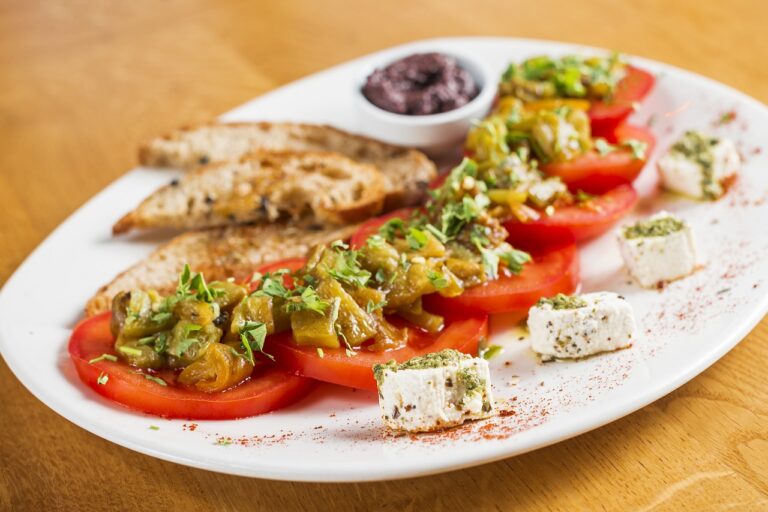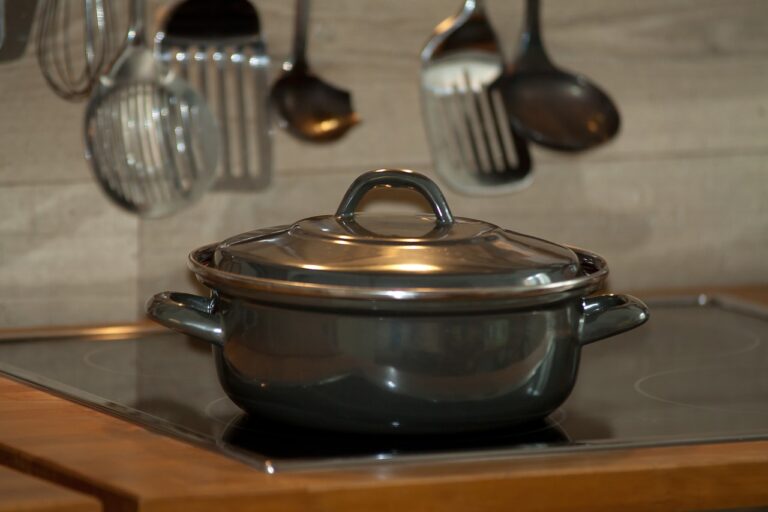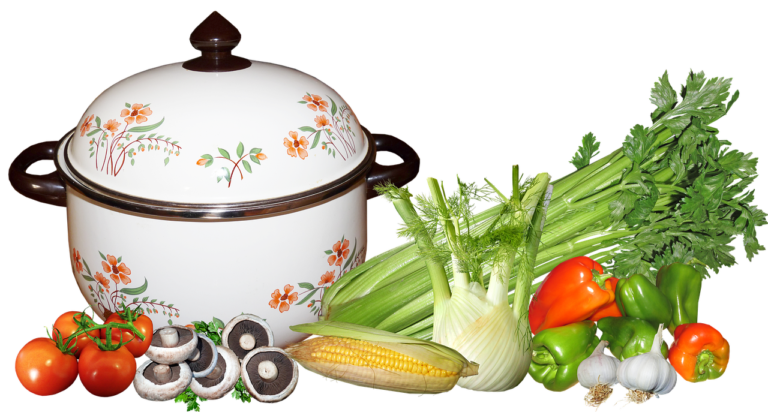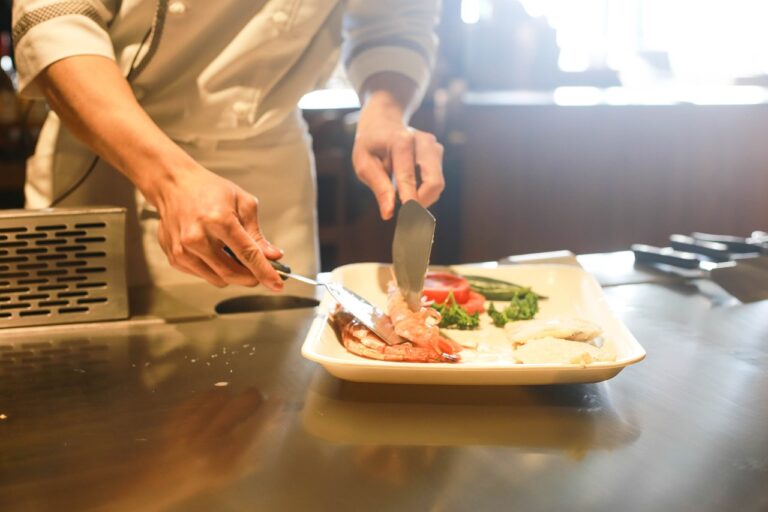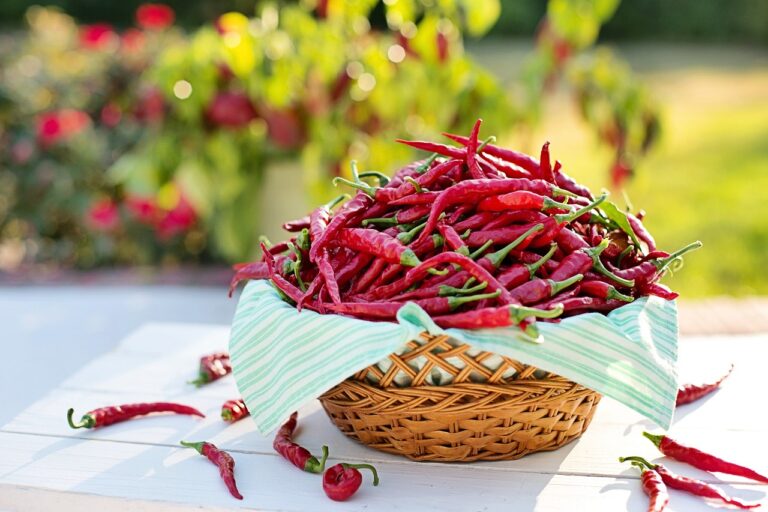Sauces: A Culinary Canvas of Flavors and Textures
Sauces, the unsung heroes of the culinary world, have the remarkable ability to transform ordinary dishes into masterpieces. They add layers of flavor, texture, and richness, enhancing the dining experience beyond recognition. In this comprehensive guide, we will explore the diverse world of sauces, their types, ingredients, preparation methods, and culinary applications.
Types of Sauces
Sauces can be broadly classified into two main categories: cold and hot sauces.
Cold Sauces
- Vinaigrette: A classic emulsion of oil and vinegar, often seasoned with herbs, spices, and shallots.
- Mayonnaise: A rich and creamy emulsion made with egg yolks, oil, and lemon juice.
- Salsa: A vibrant and chunky sauce made from fresh vegetables, such as tomatoes, onions, and peppers.
Hot Sauces
- Béchamel: A velvety white sauce made with a roux (butter and flour) and milk or cream.
- Tomato Sauce: A staple in Mediterranean cuisine, made from tomatoes, onions, garlic, and herbs.
- Demi-Glace: A rich and flavorful brown sauce made from beef or veal bones, vegetables, and red wine.
Ingredients and Seasonings
The ingredients and seasonings used in sauces vary greatly, depending on the type and desired flavor profile. Common ingredients include:
- Liquids: Water, stock, wine, cream, or milk
- Fats: Butter, oil, or roux
- Thickeners: Flour, cornstarch, or arrowroot
- Seasonings: Herbs, spices, garlic, onion, and salt
Preparation Methods
Sauces can be prepared using a variety of techniques:
Emulsions
- Whisking or blending: To create a stable emulsion, such as mayonnaise or vinaigrette.
- Heating: To form a temporary emulsion, such as beurre blanc or hollandaise.
Reduction
- Simmering: To reduce liquids and concentrate flavors, such as in tomato sauce or demi-glace.
- Evaporation: To thicken sauces by simply allowing them to boil uncovered, such as in certain béchamel sauces.
Culinary Applications
Sauces play a vital role in culinary applications, including:
Enhancing Flavors
- Sauces complement and amplify the flavors of main dishes by adding sweetness, acidity, or umami.
- They can highlight specific ingredients or create a harmonious balance of flavors.
Adding Texture
- Sauces provide varying textures, from the smooth and creamy béchamel to the chunky and rustic salsa.
- They can create a contrast in textures or add a satisfying textural element to a dish.
Moistening and Tenderizing
- Sauces help keep dishes moist and tender by penetrating the ingredients during cooking.
- This is particularly beneficial for grilled or roasted meats, where sauces add flavor and prevent dryness.
Conclusion
Sauces are an indispensable part of the culinary repertoire, elevating dishes to new heights of flavor and enjoyment. By understanding the different types, ingredients, preparation methods, and culinary applications of sauces, home cooks and professionals alike can unlock a world of culinary possibilities. Experimenting with different sauces is key to discovering new flavor combinations and creating memorable dining experiences.
